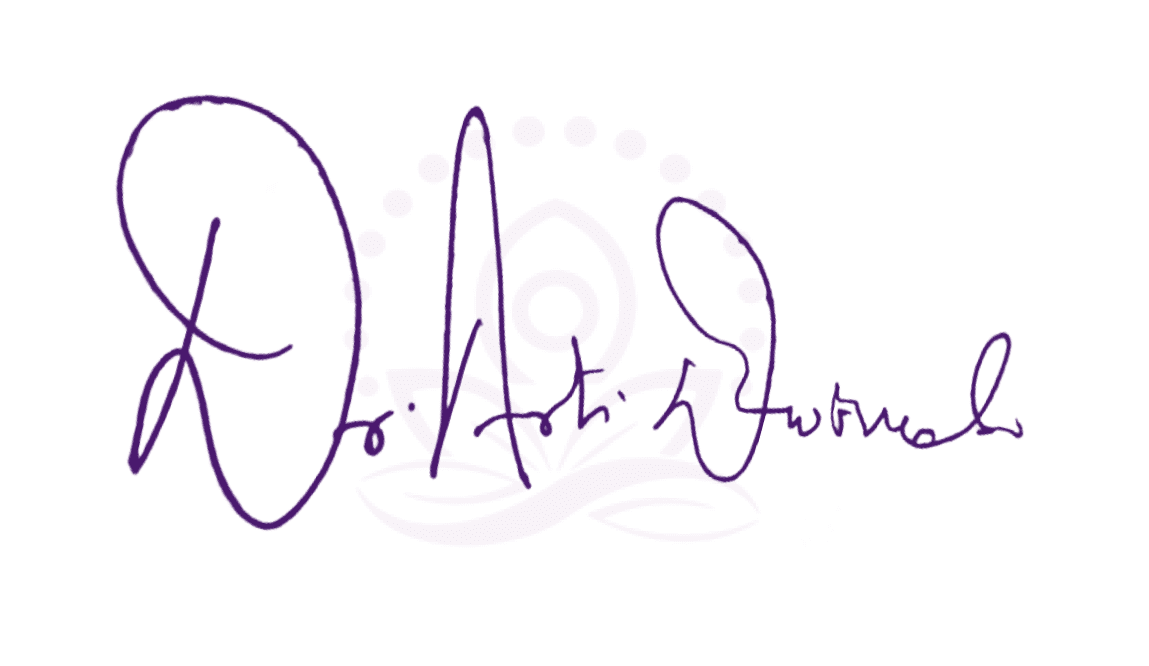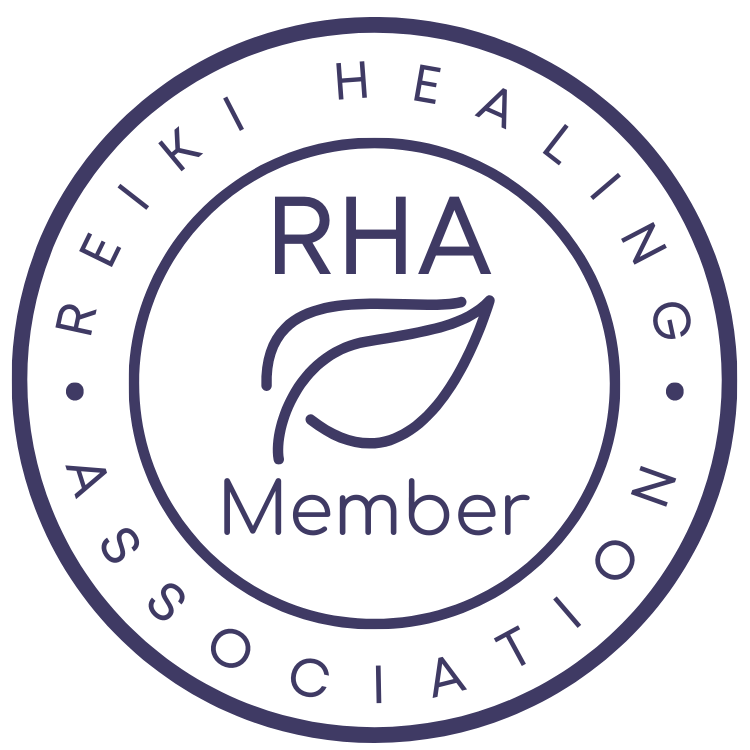In the sterile, high-pressure environment of an Intensive Care Unit (ICU), where machines beep and medications flow around the clock, healing often seems like a race against time. But beyond the monitors and modern treatments, another quiet force has begun making its presence felt — Reiki, the ancient Japanese technique for channeling universal life force energy.
This blog dives into how Reiki finds its place in the ICU, supports patients, families, and even the medical staff, and shares inspiring stories demonstrating the power of subtle energy in modern healing environments.
What is Reiki Doing in the ICU?
While Reiki is not a substitute for surgery or medication, it plays a profound complementary role:
- Calming anxiety before major procedures
- Supporting pain management
- Promoting faster post-op recovery
- Improving sleep and rest in high-stress ICU settings
- Comforting family members and reducing emotional trauma
Many hospitals like Columbia-Presbyterian, Cleveland Clinic, and Dana-Farber Cancer Institute have already incorporated Reiki volunteers or certified practitioners as part of their integrative care teams.
Real Stories of Healing and Hope
Case 1: The Silent Stroke Patient Who Smiled
A middle-aged man was admitted after a stroke that left him unable to speak and barely responsive. Doctors were cautiously optimistic but unsure about his cognitive recovery.
A Reiki practitioner visited daily, focusing on gentle touch around his crown and heart chakra. On the fifth session, as she began the treatment, he smiled faintly — the first movement his family had seen since the stroke. Within 10 days, he was attempting eye contact and could nod in response.
His wife said, “I don’t know what Reiki is doing, but when it’s happening, his face softens. He looks peaceful.”
Case 2: Post-Surgical Trauma and Pain Relief
A young woman undergoing emergency surgery for internal bleeding had severe post-operative anxiety and insomnia. Despite strong medications, her heart rate remained elevated, and she couldn’t relax.
After two Reiki sessions focused on grounding and sacral chakra healing, her heart rate began stabilizing. Nurses observed deeper sleep, reduced need for pain medication, and less agitation.
Her attending nurse shared: “I’ve seen patients shift dramatically after Reiki — it’s like something inside just lets go.”
Case 3: Supporting the Medical Staff
ICUs are intense — emotionally and physically — for healthcare workers too. Reiki sessions for nurses and doctors have shown:
- Lower burnout rates
- Higher emotional resilience
- More empathy during patient interactions
One ICU doctor said after a 20-minute Reiki session, “For the first time in weeks, I felt like I could breathe deeply and think clearly again.”
Scientific Backing
Several studies have now validated Reiki’s effects on the nervous system:
- NIH-sponsored research shows Reiki helps lower cortisol (stress hormone) and increase heart rate variability, a marker of recovery.
- Harvard Medical School reports that patients receiving Reiki before surgery reported less anxiety and pain compared to control groups.
The Silent Partner in Healing
While ventilators and IVs handle the body, Reiki whispers to the soul. In moments where medicine runs out of answers, energy still flows. In the ICU, where fear and faith collide, Reiki offers a rare moment of stillness — and sometimes, that’s all the body needs to begin healing.
Final Thoughts
Reiki is not magic, nor is it a cure-all. But as we embrace more holistic models of care, energy healing is proving to be a gentle, non-invasive, and powerful ally.
If you’re a practitioner, consider offering Reiki support at local hospitals. If you’re a patient or caregiver, explore integrative options — you never know what touch, energy, and presence can do in moments that need a miracle.

